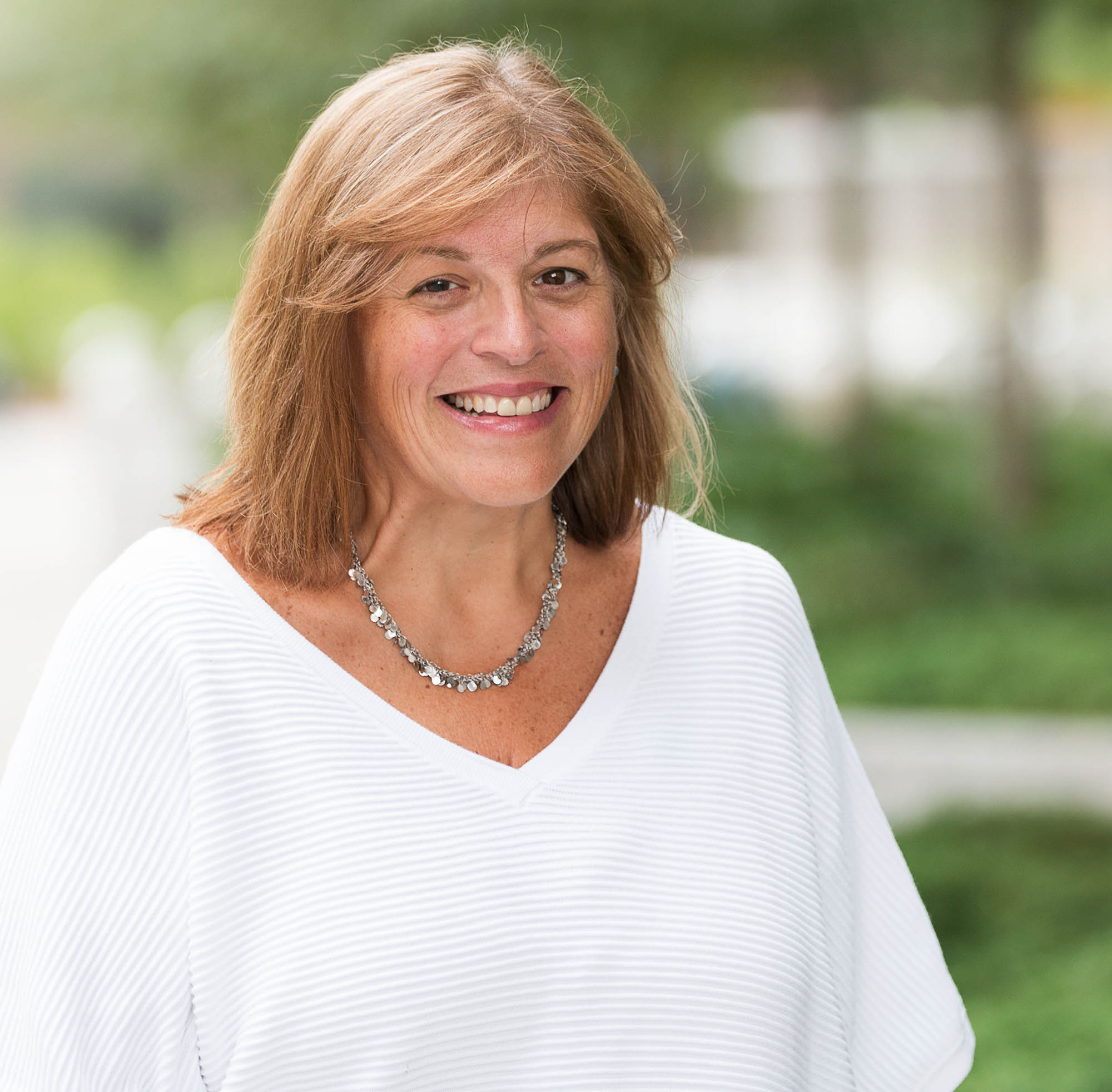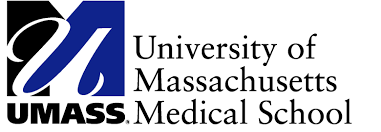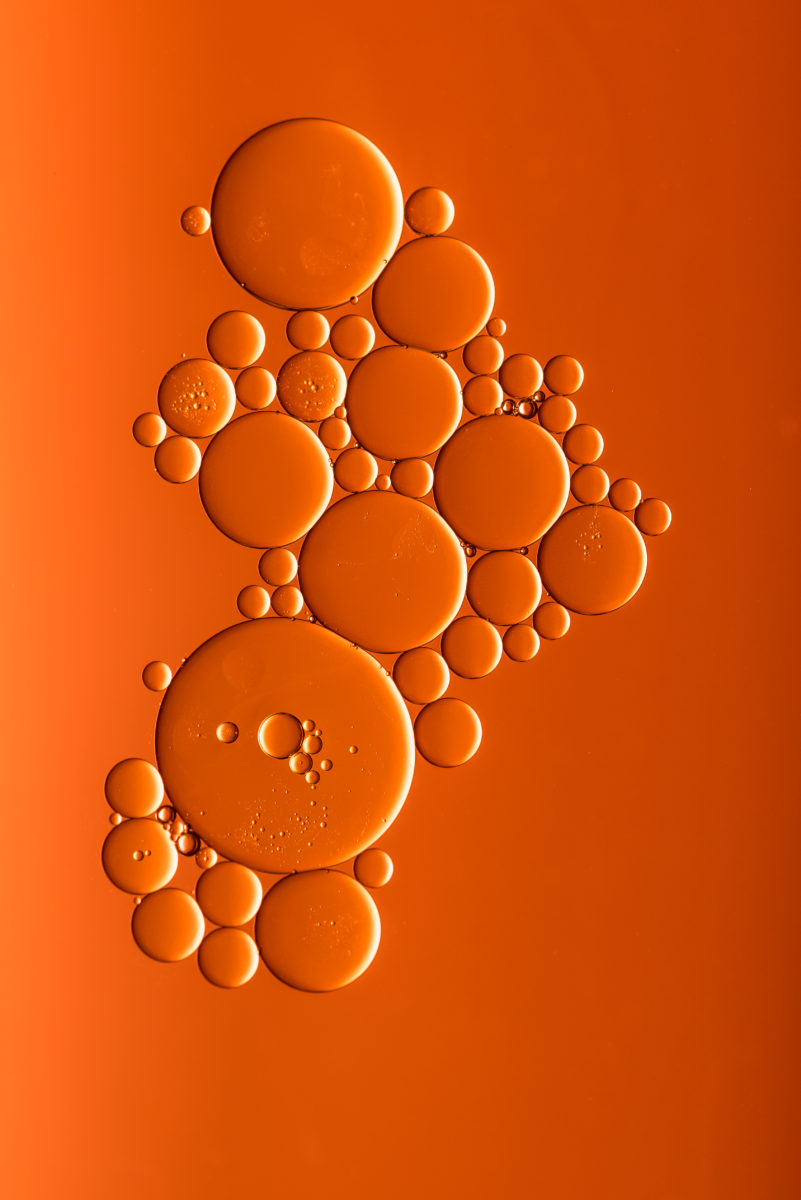SCIENCE and EDUCATION under threat
Improvisation's part in the War being waged

In February 2020, Dr. Lapane attended one of my classes while I was visiting Rhode Island, USA. The course was ‘Teaching teachers to teach with Improvisation.’
I have little doubt that Dr. Lapane probably didn’t need the class but, because of the demoralizing state teachers and scientists are experiencing, I can understand how any positive supportive environment would come as a welcome boost.
“Being a scientist is hard. Being a scientist in the US at this particular moment with an anti-science government in power during a pandemic is… well, I can’t even find the words.”
-Dr. Kate Lapane, PhD

Dr. Kate Lapane, PhD is a professor in the Department of Quantitative Health Sciences in the Graduate School of Biomedical Sciences at the University of Massachusetts Medical School and Associate Dean and Director of the Doctoral Program in Clinical and Population Health Research.
“I signed up for the weekend class to learn new techniques to breathe some life back into my teaching. I was surprised to find that most in the class were teachers of improv and people who had studied and practised improv for years!
“I was completely out of my league, but luckily my feelings of inadequacy didn’t stop me from really thinking about how I could integrate Shawn’s ideas about improv into my classroom.
“That he provided the educational theory to support the why and how these techniques work in the classroom appealed to my intellect. That he shared real examples spoke to my practical side and helped me see how altering the status quo in my classroom could have a great impact on my students.
“What was most helpful? On break, I bravely asked Shawn “What is in your notebook?” He showed me his system of developing content to cover in a class. In those few moments, he unlocked a world of possibilities because he showed me a path to break free from the canned PowerPoint lectures (pre-set, pre-defined, safe).
When I began teaching, I was always worried I wouldn’t have enough material to teach so I wrote down far more exercises than I needed. Over the years, I discovered that the safety of those notes allowed me to play and experiment in class. I wasn’t worried that I would be left standing there with nothing to teach.
This lead me to times where I would teach a class and only cover one or two of the things I wrote down. With the safe feeling that I was going to be alright, I was much more able to adapt to the needs of the students AS LONG AS I WAS WILLING TO LET GO OF THE LIST OF IDEAS. (Letting go of what you planned to teach while you are teaching is as important as planning your class.)
In the bottom corner of my page I write down a couple of experiments that I am interested in so that I can grow while I teach. I may or may not get to these.
The most important part of my class notes is a big blank part in the middle with nothing on it.
In this big blank area on the page I write notes as I teach about what might be useful for particular students or reoccurring themes or ideas that need to be addressed later in the class.
“I learned the importance of setting the vibe to help students be present. He challenged me to think of games to help students learn. With focus on goals, he had a variety of “experiments” (or exercises) to help students learn—some of which he’d use, some not. My time with students could be fluid based on what we felt in that moment. By being present with and connected to the students, I could modify my tactics in real-time to help them learn.
“I had the opportunity to put what I learned into action right before we switched to remote learning. I felt joy in the classroom again. The students were actively engaged with each other and with the material. Very powerful pedagogy.
By being present with and connected to the students, I could modify my tactics in real-time to help them learn.
“I have many fears at this moment, but a major one is that it (the current political environment) will limit the talent going into the biomedical sciences. Will we lose the great minds who could solve many of the vexing health challenges of our time because of blatant disregard for science? Will scientists currently in training get frustrated and leave the academy?”
Dr Lapane, obviously cares for the long term health of education and science. I was more than happy to teach a class for 20 of her students.
I was interested as to what her intention was? What did she want to accomplish? What impact did she want to have on the students?
“I hoped that students may get a “taste” of a different mindset that improv provides and how that can be applied to science. For example, improv demonstrated how thinking just outside of the logical progression of thinking can transform scenes – and lines of scientific inquiry.
“Improv exercises showed us the power of positivity and helped us reflect on how your brains and thought processes are easily influenced by negative/positive interactions. That exercise was impactful! Improv via zoom provided practice reading and acting on non-verbal cues. Paying attention and being present and learning to jump in to help each other when we see someone struggling.”
The integration of improvisation in non-theatrical fields is ongoing. From Social Work to Business Management and beyond, improvisation continues to expand, but minds with less vision still resist Impro as a beneficial tool. I was told that a Czech University barred a student outright from offering his thesis on anything to do with Impro.
Dr. Lapane also sensed an initial reticence to the idea of Improvisation being brought into the classroom.
“When I suggested improv, I could see the eyeballs pop because the connection between improv and science on the surface may not be readily apparent. I was able to offer this as an after-hours two-session workshop to “see how it goes”.

“With basic scientists, there is tremendous pressure to be in the lab day and night. So activities that take people out of the lab typically meet resistance. My hope is that we can grow this option further as I know there is so much more to learn!”
In an article written about our experience online with the students, Kylee Denesha (UMass Medical School Communications) notes what one of the students said after the course:
“The sessions were very refreshing to take part in,” said Eric Romo, MD/PhD student in the Clinical and Population Health Research program. Romo is also a former PREP student and IMSD scholar. “It encouraged me to be more spontaneous and vulnerable. In science and medicine, a lot of planning goes into decision-making. This challenged me to embrace the value of trusting myself to speak up. In a career setting, I’m sure this will help with collaboration skills.”
(see the full article here)
From what I saw, there is a great place for the medicine of improvisation as a benefit to the student’s mental health, the teacher’s pedagogy, the scientist’s mindset and to the community as a whole.
“If I could get a critical mass of trainees and faculty interested in committing to a longer class, I hope to see the lessons learned from improv in action over the course of the academic year as the cohorts help each other work through challenging problems.”
Regardless of the political reality, there’s hope for a better future with professors like Dr. Lapane and the energetic attitudes of the young scientists I’ve met.




0 Comments